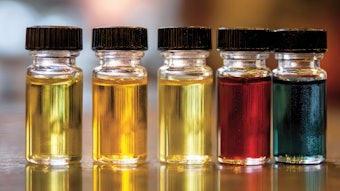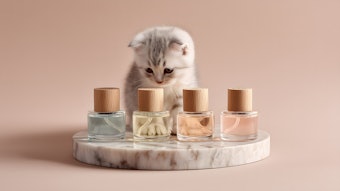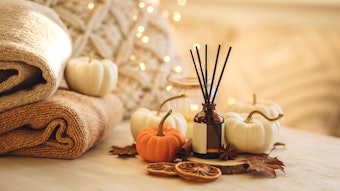“Whilst the rose is the queen of flowers, jasmine is the king of perfumes. It has been a symbol in Grasse of the perfume industry of the whole world. … It is the natural product par excellence,” wrote Edmond Roudnitska, mentor to many of today’s great perfumers and creator of Christian Dior’s Diorella (1972), a quintessential jasmine perfume. The jasmine flower is tattooed on the history of the fragrance industry and the city of Grasse, France. Over the course of three centuries, it crept over the hills and valleys surrounding the fragrant city, elevating the small town to world-renowned cradle of the French perfumery industry. Perfumery eventually employed thousands of Grassois devoted to serving the world’s growing appetite for jasmine. Testimony to the thirst for its liquid extract can be found in the old saying, “No perfume without jasmine.”
Today, jasmine fields have migrated to more exotic shores. All that remains in Grasse are a few fragmented acres of jasmine fields clinging to yesteryear’s heritage, delivering high-priced flowers for the exclusive needs of luxury fragrances. What is set in stone is jasmine’s foremost position in a perfumers’ floral palette: Every day, new accords are formulated with its extract. The intensely floral, warm, rich, indolic scent of Jasminum grandiflorum L. boasts a highly diffusive odor with herbaceous fatty fruity tobacco and tealike undertones. Apprentice perfumers are often amazed by how little jasmine is required to yield that unmistakable floral note to any formula. No wonder jasmine’s scent became the signature ingredient to a legendary perfumer, Ernest Beaux, and his historic creation, Chanel No5. It is also unsurprising that jasmine is a keystone in Jean Patou Joy—the eponymously titled “most expensive fragrance in the world.” And it is certainly no wonder that jasmine made history when formulated into Coty’s Chypre, the fragrance whose name became a benchmark fragrance family descriptor.










